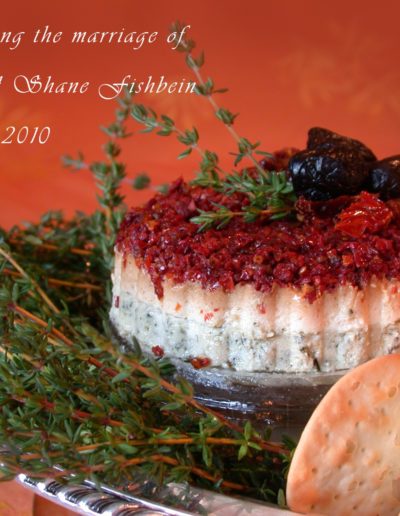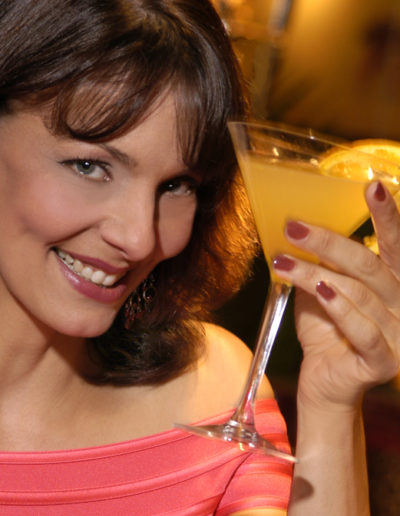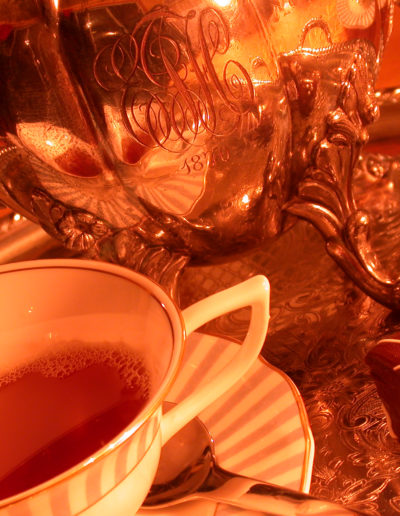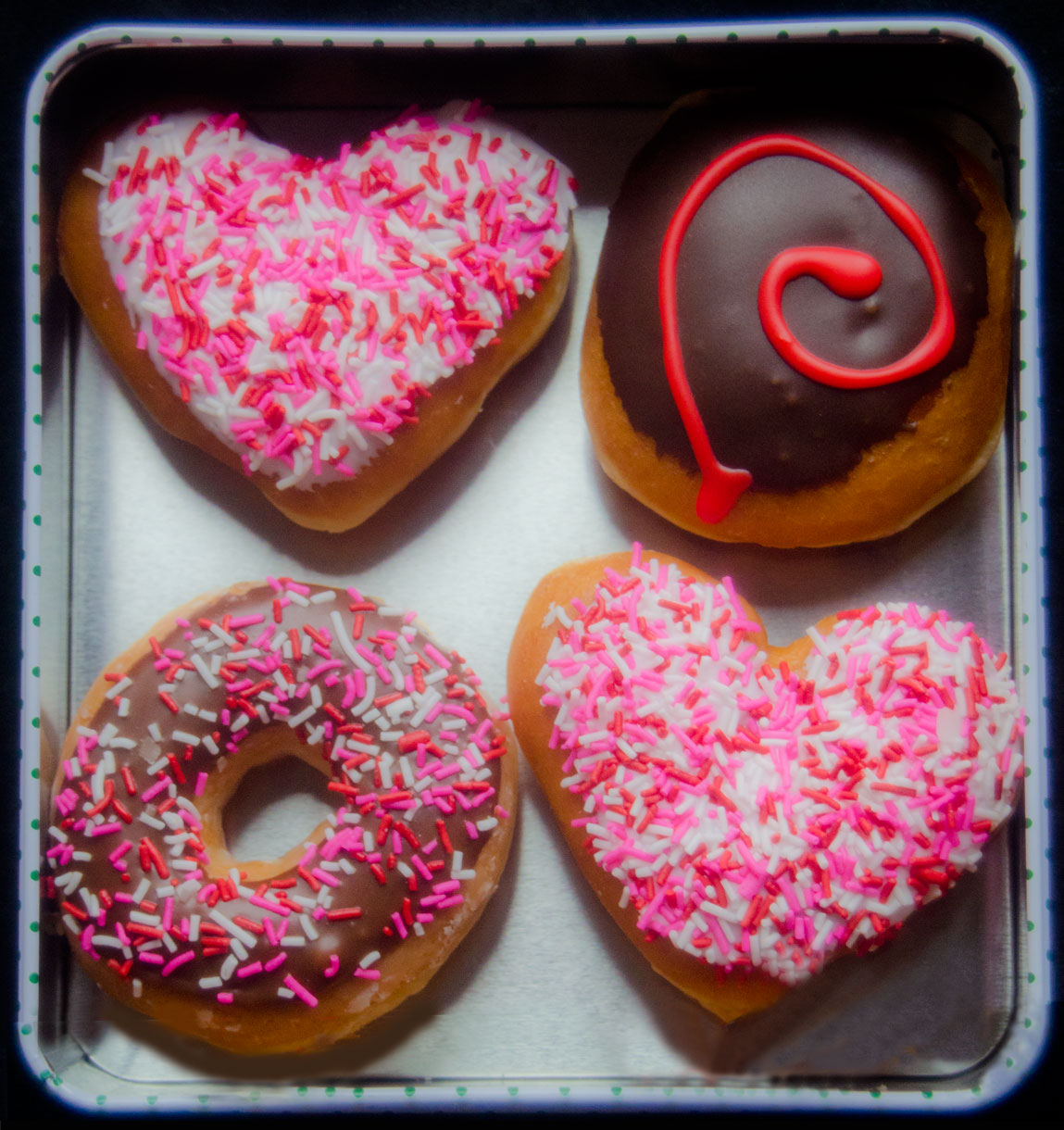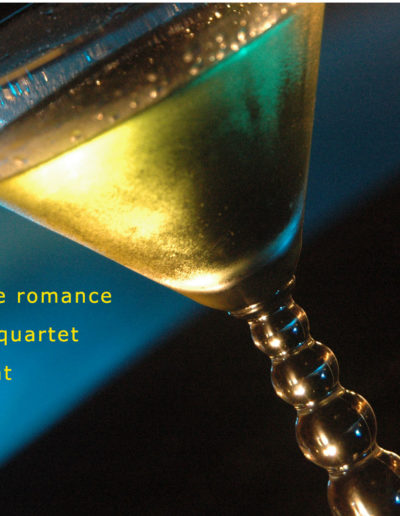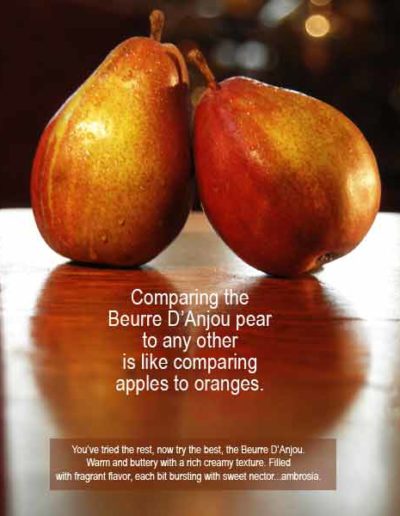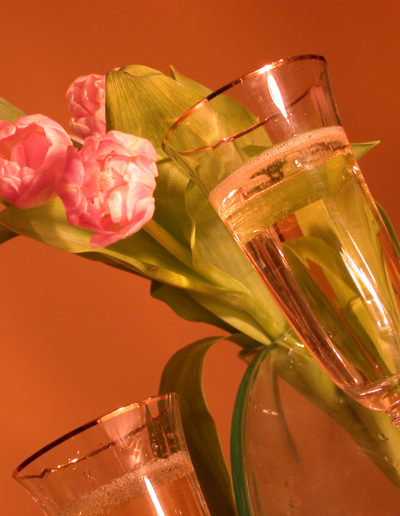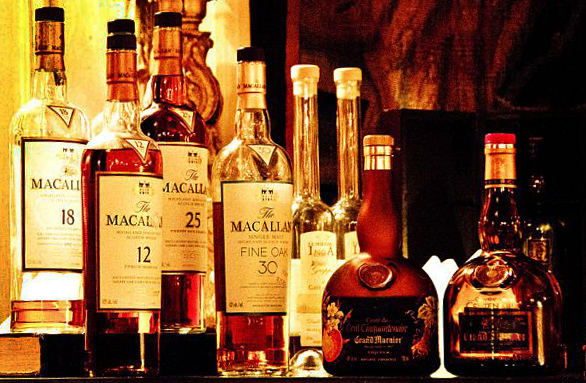FOOD PHOTOGRAPHY
Food photography is everywhere you look. On supermarket shelves, on packaging, on fine food and fast food billboards, food blogs, and the web. And the photographers at Creative Management Services creating food photography enjoy the delicious creative process. We work either from layouts provided by a design team or create our own. And using skills of product or still photography but with “living” subjects. A moist, runny oyster, a juicy steak dripping with glaze, or steamy rice about to tumble. “Clothed” food like uncut fruit and veggies, or food plates, like seared scallops and shrimp over spinach topped with balsamic sautéed strawberries. Yum. Product photography offers challenges, but the fragility of the food and the temperature of the set make food photography extra challenging. Often, two or three complete setups are photographed before the “hero shot.”
There are lots of tricks to food photography, acrylic ice cubes, motor oil for syrups and gravies, a blowtorch for browning edges of meat and creating goose bumps on raw chicken, hairspray for dried-out cake, fabric spray to prevent oil from seeping into a pancake, shoe polish for succulent meat, soaked and microwaved cotton balls for steam, tweezers for noodles and a large syringe filled with mash potatoes to plump up under the skin of chicken, white glue instead of milk, paper towels soaked with syrup to top ice cream, soap in liquid blown with air through a straw, glycerin brushed on for fresh look, misting bottle for salads, cardboard under hamburger, toothpicks to hold every everything against gravity.
And fake ice cream? Whip up ½ cup corn syrup with ½ cup Crisco shortening. Work in ¾ of a pound of powdered sugar until the mixture has the consistency of frosting. Work in more sugar as needed. For additional thickening, add flour. It scoops best chilled and is most successful when the ice cream shows texture or barking. Food coloring works well for strawberry, ¼ cocoa works for chocolate.
Flash tends to flatten. So our photographers prefer hot lights that are easier to control than strobes but take extra attention because of the heat. Any number of small mirrors offer highlights and points of light and reflectors lighten select areas.
Good soft lighting accentuates a product’s shape and texture. Many photographers still like window illumination, but because of its transient nature of light, setups to create the long-lasting, constant look of natural light are a must and include—side-lighting, front lighting and a combination using back and overhead lighting. Window light still is employed whenever possible.
The telephoto lens slightly compresses and foreshortens. When photographing a series of muffins, for example, in editorial style, having just the front “muff” in focus is dramatic. The back muffins, as well as the background, falls off to the extent the photographer chooses by the camera settings. Shallow depth of field (how much of the area in front or behind the image is in focus) means perhaps only the foreground muffin or just a small portion of the muffin is in focus. A change in f-stop changes the depth of field; the higher the number, the greater the depth of field.
The wide-angle lens adds more of the background and realizes interesting, more dramatic images in product photography. All products at various distances from the camera will hold focus. And give the foreground products a “flying” look as they almost reach out and touch someone.


